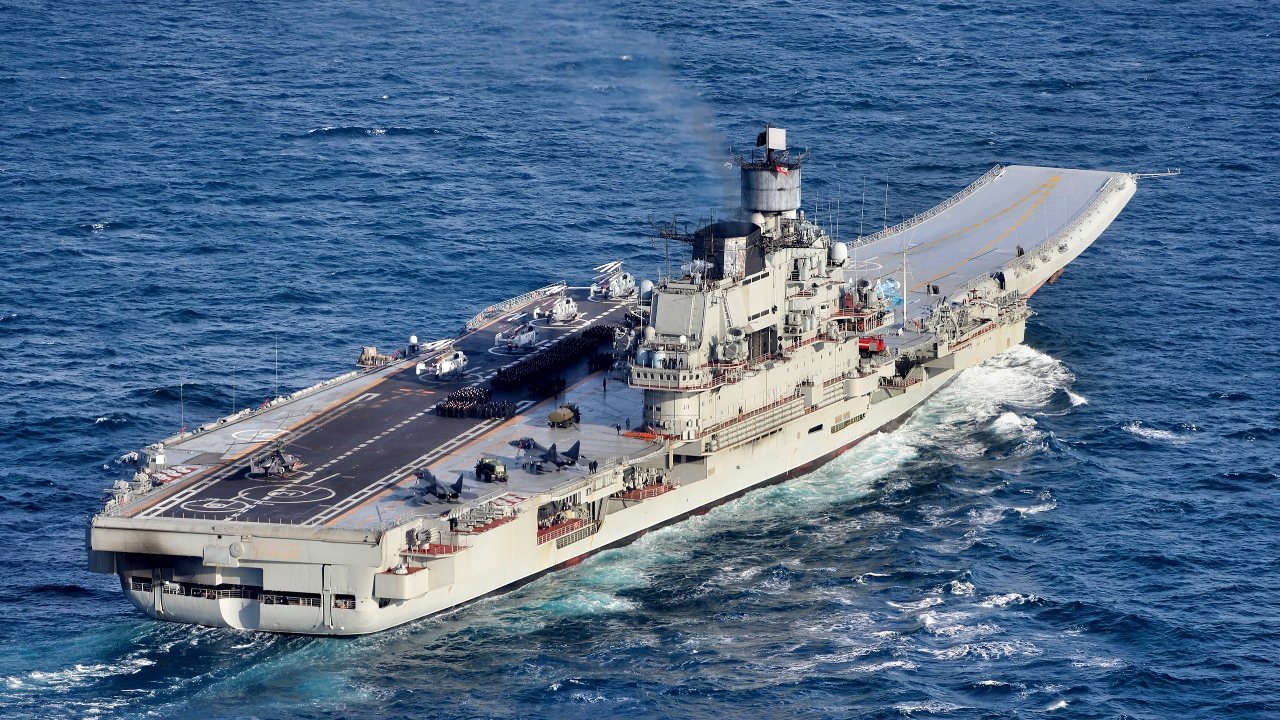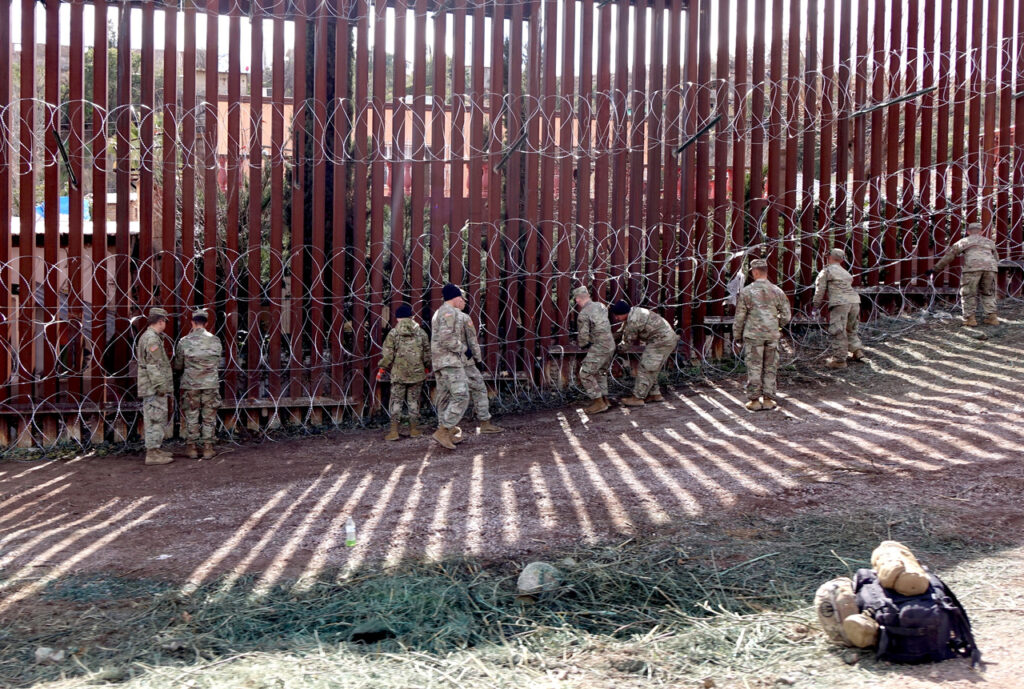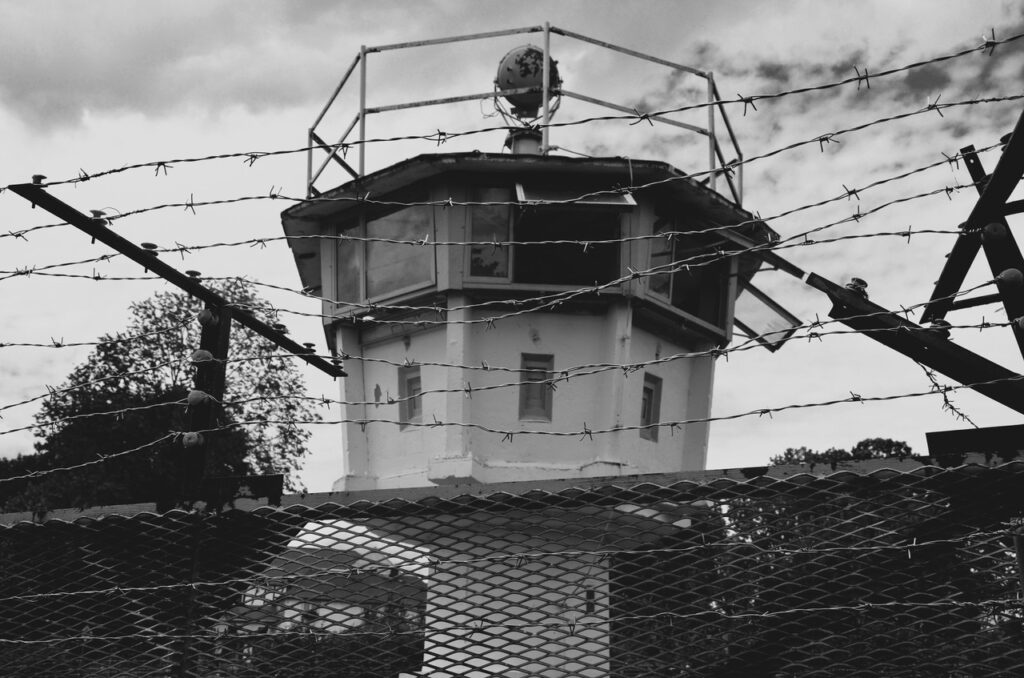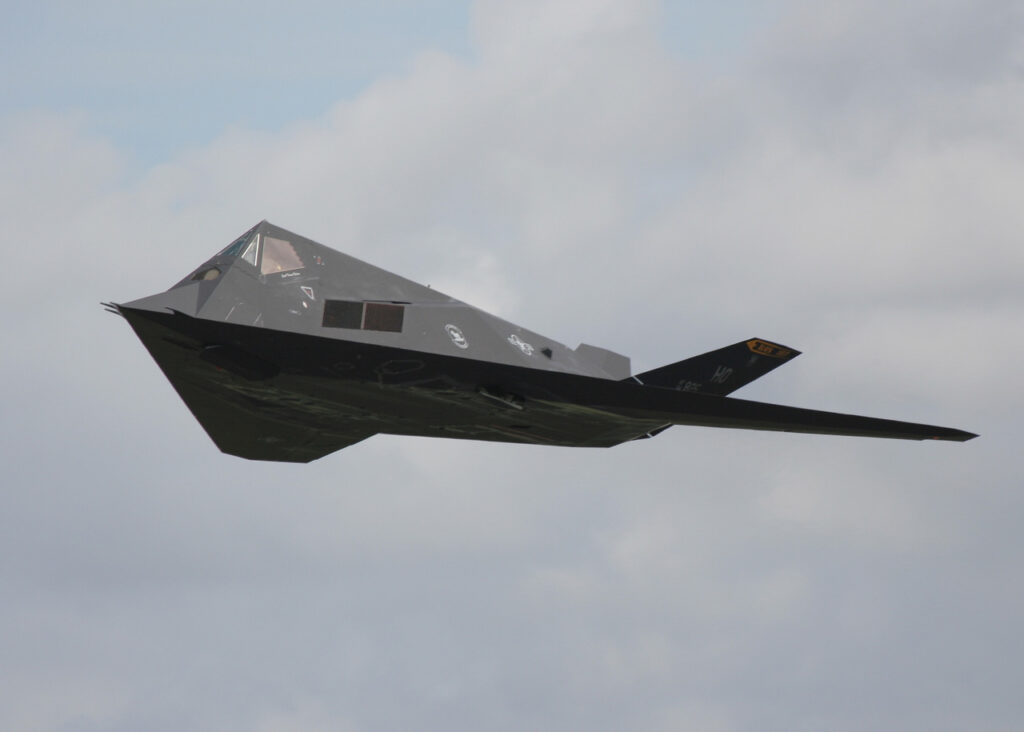
Russia Just Proved How Desperate It is For a New Aircraft Carrier
Summary and Key Points: Russia’s sole aircraft carrier, Admiral Kuznetsov, has been plagued by mishaps and remains out of service, severely limiting Russia’s naval power projection. Amidst ongoing challenges, including the war in Ukraine, some Kremlin officials suggest buying back the Liaoning, a Soviet-designed carrier sold to China in the 1990s and now a key asset of the People’s Liberation Army Navy.
-However, this proposal seems unlikely to materialize, especially given China’s resistance.
-With Admiral Kuznetsov in dire condition and plans for a new carrier stalled, Russia faces a significant gap in its naval capabilities, raising concerns about its ability to sustain long-term power projection.
Russia’s Aircraft Carrier Crisis: Will Moscow Try to Buy Back China’s Liaoning?
Russia’s sole aircraft carrier has been under a microscope over the past few years following its docking back in 2017. Since Admiral Kuznetsov’s introduction to service in the Soviet Navy, the carrier has struggled from a litany of mishaps and tragedies that have rendered it to be quite useless at the moment.
Moscow may be maintaining its two-year long invasion of Ukraine on the frontlines, however, the country’s power projection capabilities are sorely limited with its dubious aircraft carrier. To rectify Russia’s ominous situation, some Kremlin officials suggest that the government buy back the Soviet carrier Ukraine once sold to China.
According to state-run media outlets, the leader of Russia’s Liberal Democratic Party – an ultranationalist group that supports Russia’s ongoing invasion of Ukraine – stated months back that: “[T]he unfinished aircraft carrier Varyag was handed over to Ukraine and then sold to China to convert it into a casino. After China received the ship, it completed its construction and renamed it the Liaoning ship. The ship was originally supposed to become one of the main ships of the USSR.”
During the Cold War, the Kuznetsov-class aircraft carrier Riga was launched before being redesignated as Varyag. This ship was constructed as part of the Soviet Union’s goal of further modernizing its naval fleet. However, once the USSR collapsed in 1991, Varyag was never completed and was eventually put up for sale by Ukraine. In the mid-1990s, several PLA officers approached a former PLA basketball player, Xu Zengping. Zengping was instructed to purchase the carrier under his name so that it would appear like the ship would be used as a casino. This elaborate plan was part of China’s strategy not to tip off the U.S. that it sought to modernize its naval fleet. Zengping purchased the carrier for a mere $20 million dollars, which was quite a bargain.
The People’s Liberation Army Navy commissioned the newly named and upgraded Liaoning in 2012, designated by Beijing as Type 001. The ship was combat-ready by 2016. The Type 348 active electronically scanned array radar (AESA) and the Sea Eagles radar were incorporated as part of Liaoning’s upheaval process. Since 2012, Liaoning has remained in service with the PLAN.
Needless to say, China has not responded positively to Russian lawmakers and their interesting ideas.
Russia’s calls to reacquire the Soviet-designed carrier:
The unorthodox idea to buy back the Liaoning carrier comes amidst the country’s ongoing invasion of Ukraine. Russia’s Black Sea Fleet has played a critical role in launching attacks against Ukraine from the sea, emphasizing the strategic rationale of deploying a working aircraft carrier to this area. Kyiv has also ramped up its barrages targeting the Black Sea Fleet in occupied Crimea and the Sevastopol Port, making Moscow’s naval fleet even more vulnerable.
Introducing Admiral Kuznetsov:
Currently, Russia relies solely on its sole carrier, Admiral Kuznetsov. However, this carrier is undoubtedly not dependable and hasn’t even been in service for years.
The 60,000-ton vessel has suffered from multiple fires, engine breakdowns, shipyard accidents, and deployment debacles since its launching in the mid-1980s. While on its first deployment to Syria in 2016, two Russian fighters were lost when faulty arresting wires failed to secure their landings onto the deck. Two years later, a floating crane fell onto the carrier deck, creating a massive hole. In 2019, a fire caused by a welding mishap erupted on board, resulting in multiple injuries. Since these incidents occurred, the carrier has been essentially relegated to dock duty, undergoing frequent overhauls and fix-ups.
In 2023, Ukrainian media reported that the Kuznetsov was in such bad shape that it could not be moved under its own power or be towed. “When the diving teams examined the ship’s hull, it was found that the metal structures below the third deck were subjected to significant corrosion,” RBC-Ukraine said, according to a translation. “The holds are completely filled with muddy water, which makes it impossible to examine the ship from the inside in detail.” Although Russia claims that the Kuznetsov will be up and running again this year, the prospects of this becoming a reality are weak.
Russia has tried to rectify its shoddy carrier history. In 2019, state-run news outlet TASS reported that engineers were working to begin the development process of a new nuclear-powered carrier. The official unveiling was expected to occur last year. However, the ongoing invasion of Ukraine has prolonged this. Now that Moscow is rapidly wasting away its resources, military equipment, and finances, the timely introduction of a nuclear-powered carrier in the next decade seems unlikely.
For this reason, Kremlin officials are looking to take the easy way out of its carrier dilemma and hope to potentially buy back China’s Liaoning. But it will never happen.
About the Author: Maya Carlin
Maya Carlin, National Security Writer with The National Interest, is an analyst with the Center for Security Policy and a former Anna Sobol Levy Fellow at IDC Herzliya in Israel. She has by-lines in many publications, including The National Interest, Jerusalem Post, and Times of Israel. You can follow her on Twitter: @MayaCarlin.
Image Credit: Creative Commons and/or Shutterstock.


